Assoc. Prof. Dr. Abdel-Baset M. A. Ibrahim (Head of the Group )
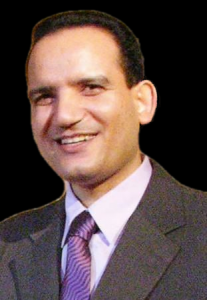
Faculty of Applied Sciences. Shah Alam
Email: abdelbaset@uitm.edu.my
Alternative email: abdelbaset.ibrahim@gmail.com
Research Interest:
Nonlinear and quantum optics; Theory of Fiber Optics and Other Optical Waveguides; Optical Properties of Materials; Mathematical modelling & Simulation in Physics.
Website:
http://scholar.google.com.my/citations?user=t9hEXXUAAAAJ
https://www.scopus.com/authid/detail.uri?authorId=9846108200
https://orcid.org/0000-0002-3053-2177
Prospective postgraduate students are invited to apply for our Master’s (M.Sc.) or Doctoral (Ph.D.) programs, focusing on research areas related to Nonlinear and Quantum Optics, light-matter interaction, and Optical Waveguides.
Biography:
Abdelbaset M.A. Ibrahim earned a Ph.D. in nonlinear optics from the University Sains Malaysia (USM) in 2009. Previously, he earned a B.Sc. in Physics and an M.Sc. in Quantum Optics from Al-Zagazig University in Egypt and the University of Malaya (UM), respectively. From 2000 to 2005, he worked as a research officer at Telekom Research and Development (Malaysia) on optical materials and devices. 2010 marked his arrival at Universiti Teknologi MARA (UiTM), where he is currently an associate professor at the Faculty of Applied Sciences (Shah Alam). He is also the group leader of the Photonics and Materials Research Group at UiTM. He was a visiting researcher at Abu Dhabi University (UAE) from September 2018 to December 2020. He has supervised over a dozen M.Sc. and Ph.D. students in quantum optics, nonlinear optics, and condensed matter physics. He has over sixty articles and book chapters published in international journals. He edited two books and wrote more than sixty reviews for physics-based journals. He has been a member of Optica (formerly OSA) since 2012. His current research interests include quantum and nonlinear optics, waveguide theory, light-matter interaction, and the optical properties of materials.
Current Research Interest
Quantum optics
Quantum optics applies principles of quantum mechanics to study phenomena involving light and its interactions with matter. By understanding light as quantized photons, quantum optics considers it both as an electromagnetic wave and a “stream” of photons moving at the speed of light. Atoms are modeled as quantum mechanical oscillators with a discrete energy spectrum, and their transitions between energy eigenstates are determined by the absorption or emission of light, in accordance with Einstein’s theory. In quantum optics, statistical mechanics is pivotal, describing light through field operators for photon creation and annihilation. Our research primarily delves into the theoretical exploration of nonclassical properties of light, including squeezing, entanglement, the Zeno effect, and photon antibunching, within diverse nonlinear optical devices.
Nonlinear optics
Nonlinear Optics (NLO) explores the response of light in nonlinear media, where the dielectric polarization P exhibits nonlinear behavior in response to the electric field E of light. This nonlinearity becomes prominent at high light intensities, often generated by pulsed lasers. NLO encompasses various optical phenomena, including Second-Harmonic Generation (SHG), Third-Harmonic Generation (THG), Sum-Frequency Generation (SFG), Difference Frequency Generation (DFG), Optical Parametric Amplification (OPA), Optical Parametric Oscillation (OPO), Optical Parametric Generation (OPG), and Optical Rectification. Additionally, nonlinear processes involve the Optical Kerr Effect, Self-Focusing, Self-Phase Modulation (SPM), Four-Wave Mixing (FWM), Optical Phase Conjugation, and Stimulated Brillouin Scattering. Our research focuses on the theoretical exploration of nonlinear optical phenomena, particularly Optical Bistability and Harmonic Generations, within diverse optical devices and materials.
Condensed Matter Physics
Condensed Matter Physics investigates the physical characteristics of condensed phases of matter. Theoretical Condensed Matter Physics employs theoretical models to comprehend the properties of various states of matter. These models, including the Landau-Ginzburg theory and Critical Exponents, leverage mathematical techniques from quantum field theory to explore the physics of phase transitions. The examination of critical phenomena and phase transitions constitutes a vital aspect of contemporary condensed matter physics. A phase transition denotes the transformation of a system’s phase induced by alterations in parameters such as temperature or material composition. In ferroelectric (FE) materials, the morphotropic phase boundary (MPB) signifies the transition between tetragonal and rhombohedral phases, influenced by changes in composition, temperature, or pressure. Proximate to the MPB, the crystal structure undergoes abrupt changes, leading to maximal dielectric and electromechanical properties. Our research centers on exploring the dielectric behavior and other properties of FE materials in the vicinity of the MPB.
Publications:
Please refer to http://scholar.google.com.my/citations?user=t9hEXXUAAAAJ

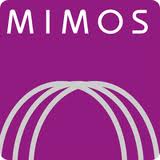
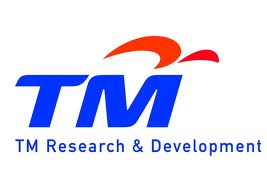

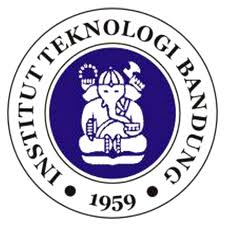
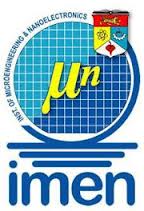
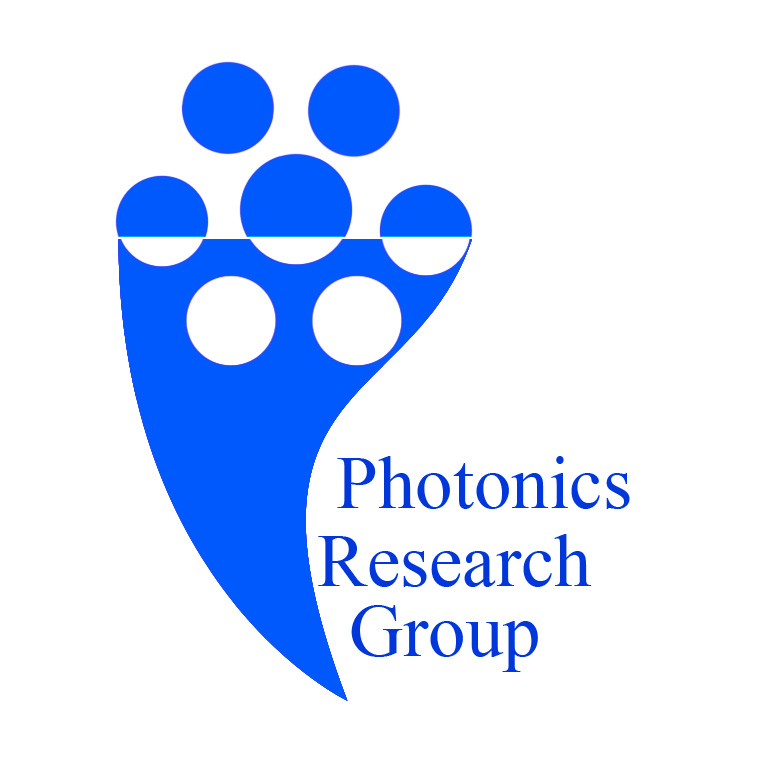
 Faculty of Applied Science
Faculty of Applied Science Research Management Institute
Research Management Institute Postgraduate Studies
Postgraduate Studies MOHE Research Grants
MOHE Research Grants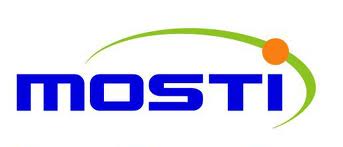 MOSTI E-Science Fund
MOSTI E-Science Fund
 UiTM
UiTM